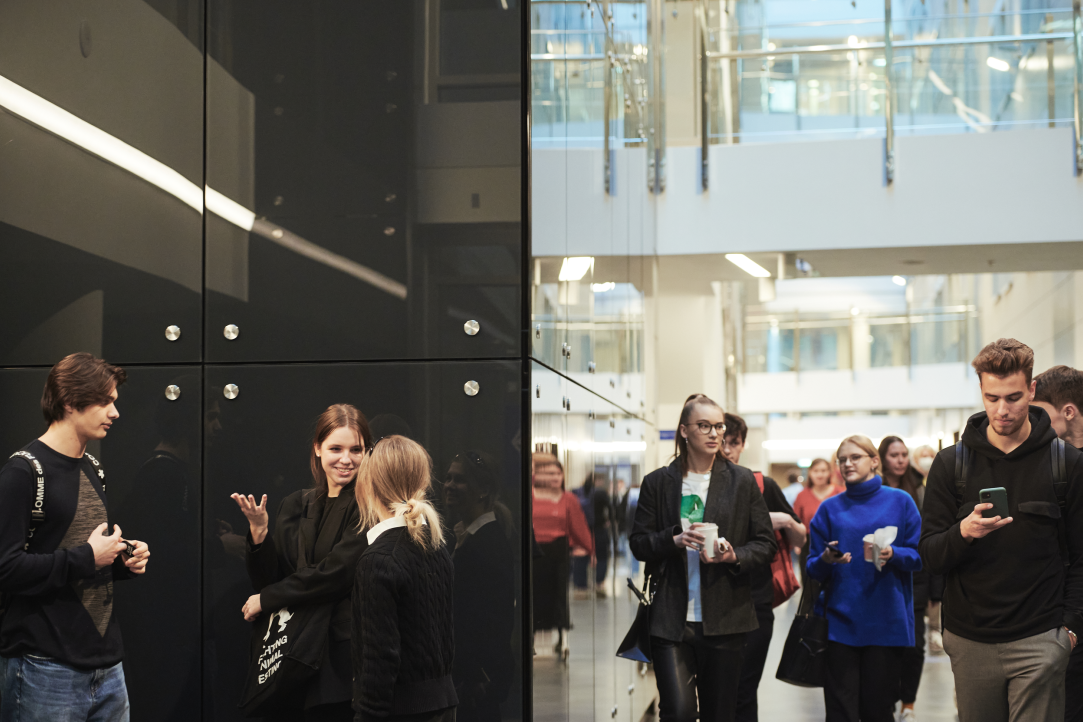
Three University Missions Ranks HSE University First among Russian Universities in Four Subject Rankings
HSE University took first place in four subject rankings and second place by the number of gold medals among Russian universities. The university entered the top three Russian universities by receiving nine prizes in various fields. The Three University Missions subject rankings in 29 fields of study were presented for the first time at an open meeting of the Council of the Russian Union of Rectors and the Association of Rating Makers.

Consortium Led by HSE University Wins Norilsk Renovation Competition
The Open International Architectural and Planning Concept Competition for the Renovation of Norilsk up to 2035 received a total of 27 submissions from 12 individual applicants and 15 consortiums from 13 countries. The winner was a consortium of six companies from Russia, Austria, and France led by HSE University. Eleven HSE University institutes and competency centres were involved in the development of the project. The aim of the competition was to create a comprehensive vision of the development of Norilsk up to 2035.
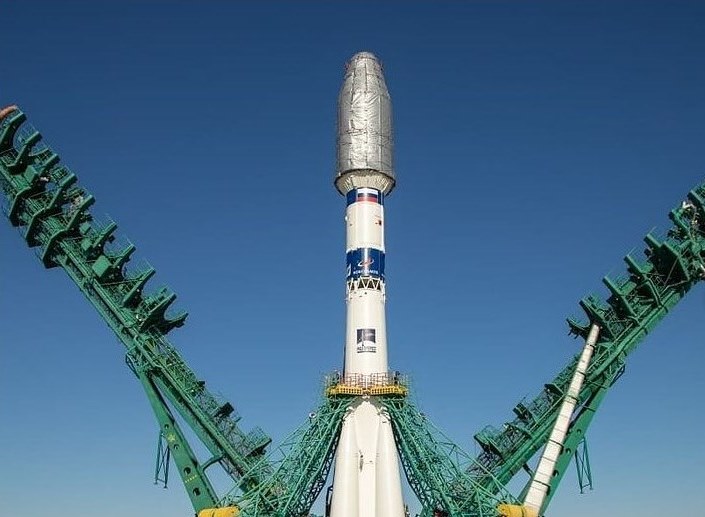
240 Million Kilometres: HSE Satellite Spends a Year in Orbit
A year ago, on March 22, 2021, at 9:07 Moscow time, a Soyuz-2.1a rocket with a Fregat upper stage was successfully launched from Baikonur Cosmodrome Site 31. The launch vehicle carried 38 satellites, including the CubeSX-HSE satellite developed through the joint efforts of experts and students from the HSE University Laboratory of Space Vehicles and Systems’ Functional Safety of the HSE Tikhonov Moscow Institute of Electronics and Mathematics (HSE MIEM) and Sputnix, a privately-owned space company.
.jpeg)
HSE ICEF Team Takes First Place at CFA Institute Research Challenge
The HSE University 2/ICEF team has won the Russian stage of the CFA Institute Research Challenge international financial modelling competition, which concluded on February 28. The team was headed by mentors Dmitry Kachalov and Kirill Chuyko.

HSE University Project Wins Russian-Indian Grant by RSF
The research community gave a highly positive assessment of a joint application by researchers from HSE University and their Indian colleagues in affine algebraic geometry, particularly the problems of cancellation. The head of the project on the Russian side is HSE FCS Dean Ivan Arzhantsev; on the Indian side, the project is led by renowned mathematician Neena Gupta.
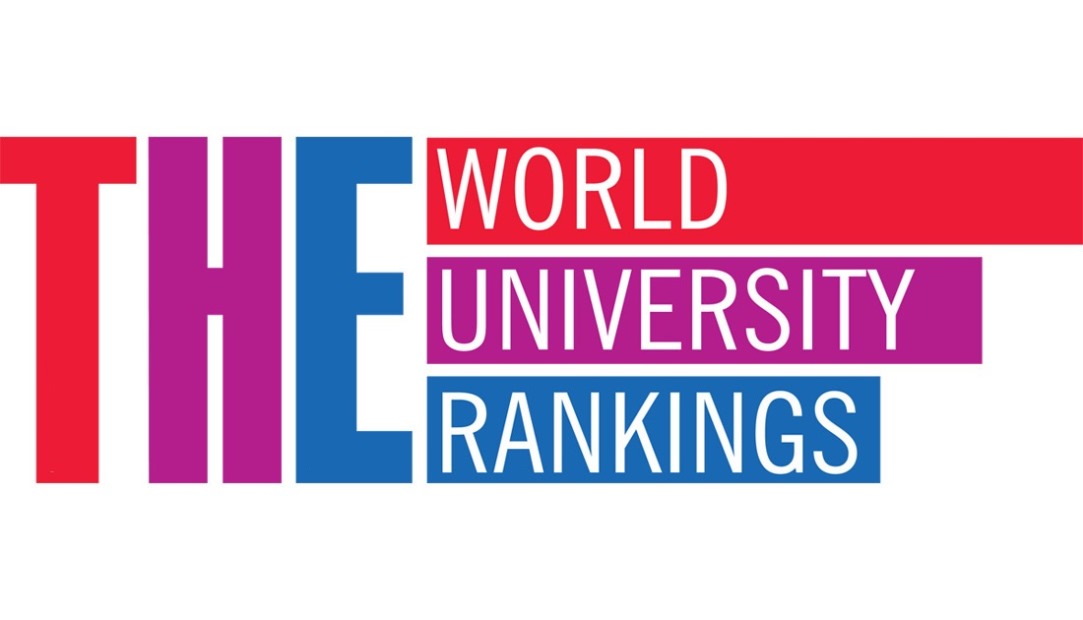
THE Names HSE One of the Top 75 Young Universities
HSE University has placed 66th in the Times Higher Education Young University Rankings 2022, which assess universities younger than 50 years old. The THE Young University Ranking is the first in a series of global rankings to be published in 2022.
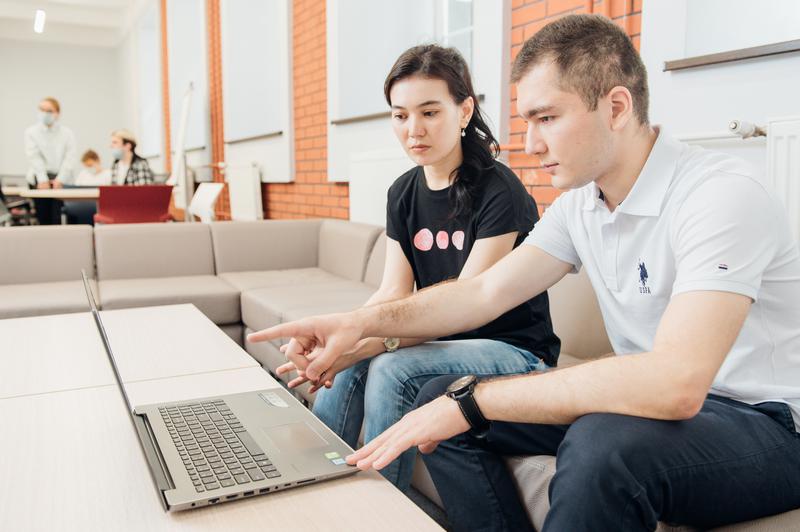
HSE University Celebrates the Academic Achievements of 2021 Student Research Paper Competition Winners
The award ceremony of the 2021 Student Research Paper Competition took place on February 8. The organisers congratulated the students and early career researchers and told them about the benefits of winning in the competition.

HSE Art and Design School Takes First Place in World Brand Design Society Ranking
In 2021/22, the World Brand Design Society (WBDS) announced the results of their competition programme. According to the selection and voting results on the award website, HSE Art and Design School has topped the Global Ranking and become the educational institution of the year. In total, students from the HSE Art and Design School scored 53 points and won 22 individual awards: 2 Gold, 6 Silver, 11 Bronze and 3 Honorable Mentions by the jury.

‘HSE University Graduates Are an Elite Who Can Show Excellent Results and Achieve a Lot Both in Russia and Abroad’
Elizaveta Vityuk is a graduate of the HSE Faculty of Economic Sciences, and a partner in McKinsey&Company, the largest global management consulting company. Elizabeth spoke to HSE news service about her career path, her work as a consultant and about the tasks that she has to solve.
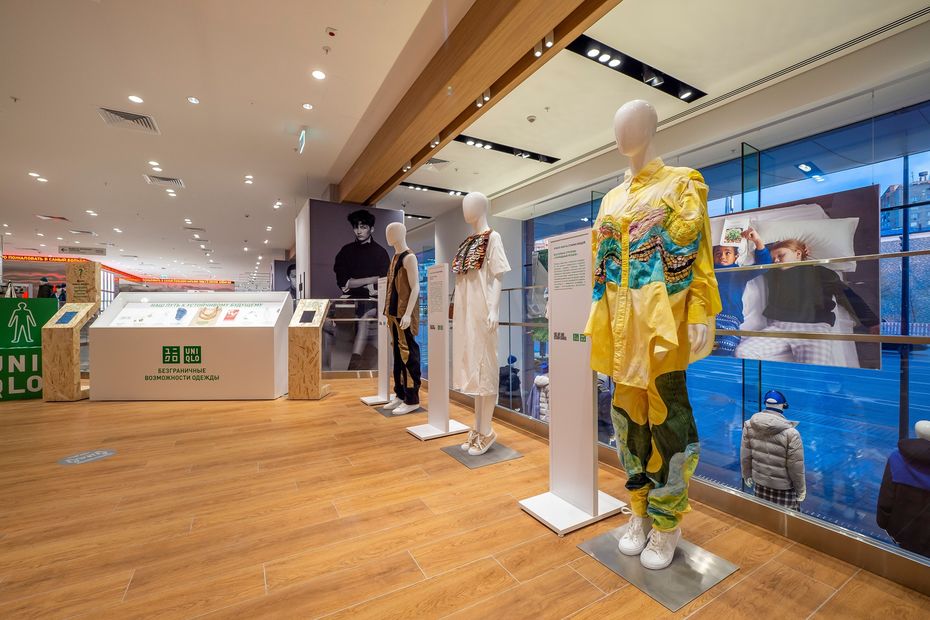
Projects by HSE Art and Design School Students at New UNIQLO Store
The HSE Art and Design School continues to collaborate with the UNIQLO clothing brand. Fashion majors will showcase their upcycle projects at UNIQLO MOSCOW, Evropeisky mall—the brand’s biggest store in Russia and Europe.


Application deadline: June 23, 2025